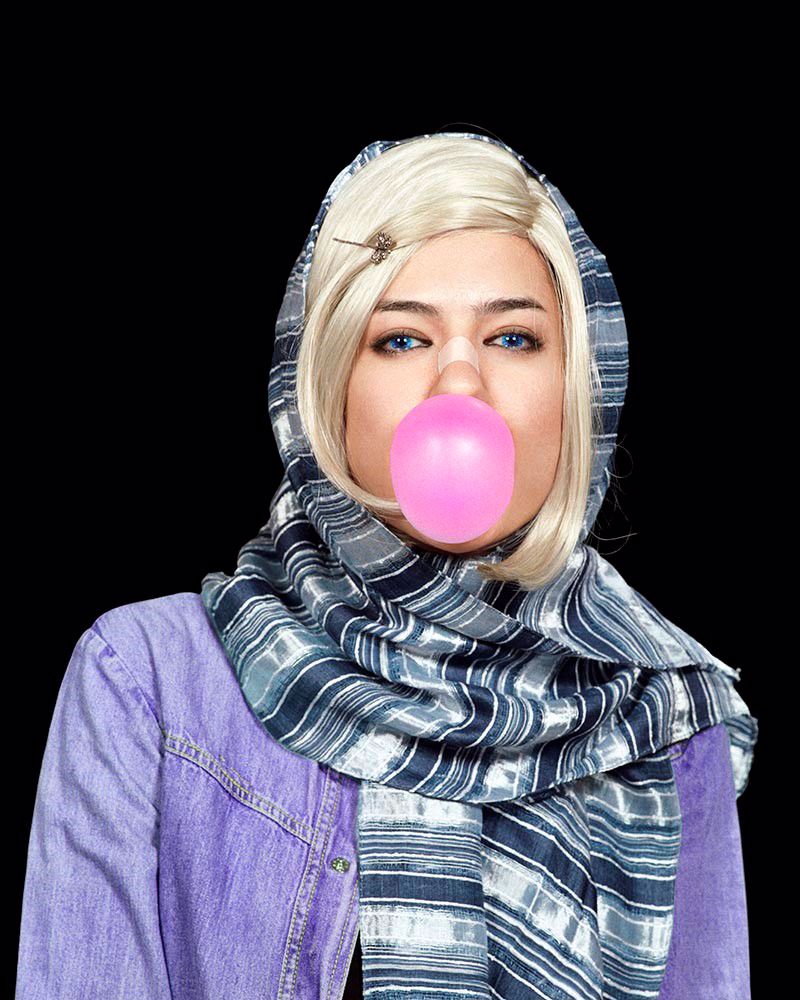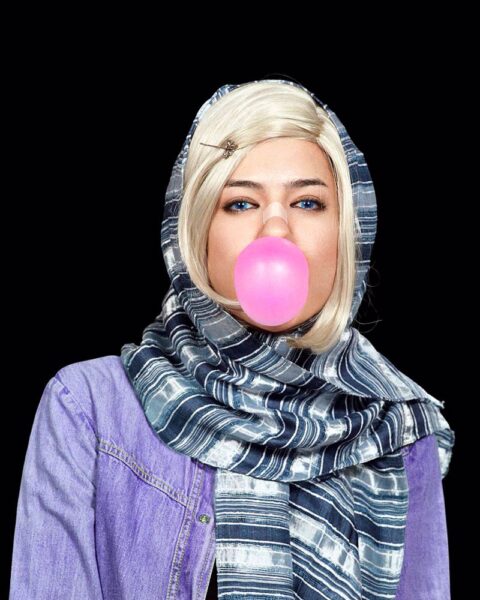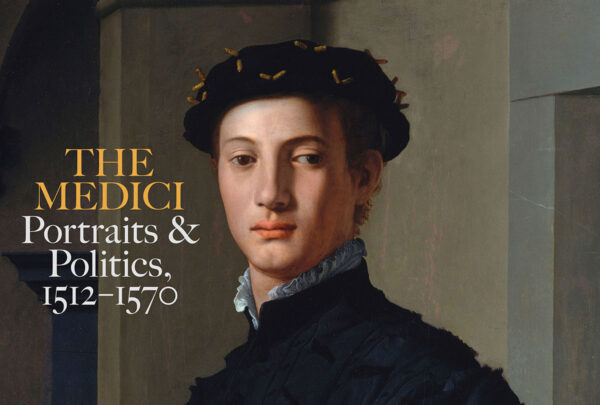
08 Oct TIO NYC 2021: New York Is Passing Over, Update!
On a sun-drenched afternoon on stroll up Madison Avenue a sign in a store window, says it all (with a wink to Monty Python): “New York Is Not Dead”: Museums, Broadway, tipsy if not fully drunk on memories of things past, bringing intoxicating adventures back to the now – with a caveat – If you are in the city you are out of luck without a vaccination card and a mask. Caveat emptor.

“Passover,” August Wilson Theatre, blending Black Lives Matter with Beckett, the Bible, and a Plague, through October 10:

Image courtesy Playbill.
What are the Top Ten on your bucket list? Air Jordans? Caviar? Champagne? Soft sheets – and a bed, rather than a sidewalk – to sleep on? Meet two homeless, yet hopeful tramps, Moses and Kitch, the hapless black men of the here and now who live on the streets of a nameless city in what amounts to a police state – but also on a plantation hundreds of years ago or in let-my-people-go Egypt thousands of years ago. Their goal: to, well, pass over into a better world but whatever means (even suicide) – but they are trapped in their rap and roles.
The story of Antoinette Chinonye Nwandu’s riveting urban dramedy “Passover,” the first production to open in Broadway this fall, was inspired by disparate sources: the shooting of Treyvon Martin in 2012; Samuel Beckett’s “Waiting for Godot”; and the Book of Exodus about enslaved people seeking the Promised Land. And the theatrical magic – actors (all three, there is a gosh-golly white guy named, not without irony, Master, who also plays a racist cop) and production equally strong. In 80 all-too-short electrifying minutes “Passover” manages to emulate, encapsulate and elevate all three in a witty, wise, wrenching, warmhearted way.
The timeliness of “Passover” is jarring, all the more so because it is also a play about a plague in the middle of a plague.
For more, check out the story by NPR here.
That said, if you are reading this now, unless you are in New York and get lucky, you will likely miss “Passover,” which is closing on Sunday.
But wait, there’s more…
Asia Society and Museum: “Rebel, Jester, Mystic, Poet: Contemporary Persians,” through May 8:

Drawn from the collection of collector, financier and philanthropist Mohammed Afkhami, “Rebel, Jester, Mystic, Poet: Contemporary Persians” presents works by 20+ artists from Iran and its diaspora.
The two floors of the exhibition highlight the unique evolution of contemporary art both in Iran and by Iranian artists who have left their native home. Paintings, drawings, sculptures, photographs, and videos conspire with pathos, nimbleness, wit, and wonder to express interwoven themes that transcend chronologies, among them, mysticism and the terrible chaos of war.
For audiences unfamiliar with the rich traditions of Persian art and how that shows up in the work of today’s mark-makers, don’t miss this beautiful and illuminating show.
Thankfully, at least in this context, what happened in the Middle East does not stay in the Middle East.
“Through open critique or subterfuge, humor, spirituality, and poetry, the artists overcome the restrictions and pressures that have affected Iranians (or “Persians,” an expedient term of self-identification within the diaspora) in the past quarter century,” sums up Asia Society.
Metropolitan Museum of Art: Medici Portraits, Roof Garden, Costume Institute:
“The Medici: Portraits and Politics 1512-1570,” through October 11

From the Met:
“Some of the greatest portraits of Western art were painted in Florence during the tumultuous years from 1512 to 1570, when the city was transformed from a republic with elected officials into a duchy ruled by the Medici family. The key figure in this transformation was Cosimo I de’ Medici, who became Duke of Florence in 1537, following the assassination of his predecessor, Alessandro de’ Medici. Cosimo shrewdly employed culture as a political tool in order to convert the mercantile city into the capital of a dynastic Medicean state, enlisting the leading intellectuals and artists of his time and promoting grand architectural, engineering, and artistic projects. Through Giorgio Vasari’s famous written work ‘Lives of the Artists,’ which was dedicated to the duke, Florence was promoted as the cradle of the Renaissance.”
The Medici portrait show is really a tribute to the artist Bronzino, the leading painter of the mid-16th century Florence. The exhibit rolls up into a study of the power of social media and influencers in general, Renaissance style. The name of its superstar, Cosimo I, twins with how to use soft power to build a brand that has endured the ages.
“”Portraits became an essential means of conveying a sitter’s character, social position, and cultural ambition,’ Met director Max Hollein stated in a video introduction, part of an engaging web presentation that to convey how Florentine influencers employed art, fashion, posing, and politics to build a brand, grow its reach, and secure a legacy—a tactic that’s surprisingly similar to how we use social media today,” summed up Galerie Magazine.
Up on the Roof, Alex da Corte’s “As Long As the Sun Lasts,” through October 31.

Courtesy, Studio International.
The ninth in a series of site-specific commissions for the Met, Alex da Corte’s “As Long As the Sun Lasts,” stars Big Bird. The charming 26-foot work of Pop-ish art is kinetic, i.e., it moves with the wind. The work is comprised of no less than 7,000 blue laser-cut aluminum feathers and features the beloved “Sesame Street” character sitting on a crescent moon holding a ladder (to the stars?), a Calderesque mobile in the other.
Perfect for our dark times, Big Bird roosting on the Met’s roof, is a sublime reminder that all innocence is not lost. Hope could alight from its perch any day now.
Down in the basement: Costume Institute’s “In America: A Lexicon of Fashion,” through September 2022.

Recent reviews sum up:
“Really terrific opening room… the whole thing may make visitors think twice about American fashion, which was the goal.”—The New York Times.
“I loved the long wall featuring a lineage of classic American design… ‘In America’ is not just a lexicon, it’s a primer on the industry’s newest talents.”—Wall Street Journal.
“…offers an impressive aerial view of the current variety and diversity of American fashion… delivers a powerful emotional experience.”—GQ.
Personal favorites?: Carol Herrera, Calvin Klein, Donna Karan, Norman Norrell, Geoffrey Beene.
The Frick Madison: Thursday through Sunday, 10 am – 6 pm
Frick Madison is the temporary home of The Frick Collection, presenting highlights from the original, lavish venue, 100+ paintings, plus marbles and bronzes and vases and clocks, organized chronologically and by region.
“This new setting isn’t just unusual. It’s unprecedented, since the Frick, by longstanding tradition, has not lent pictures bequeathed by its founder to other institutions. Frick Madison is therefore the first, and probably only, time that many of these artworks will ever be on view outside the sumptuous confines of 1 East 70th Street,” wrote The New York Times.
The collection (on display for about two more years on Madison Avenue while the Frick is renovated) features four Piero della Francescas; three Vermeers; two Turners; and works by Goya, Tintoretto, Duccio, Constable, El Greco, Ingres, Titian, Tiepolo, Chardin, Watteau, Fragonard, Boucher, Watteau, Chardin, Memling, Manet, Veronese, Rembrandt and Velasquez – and many more oldies, but goodies.
In this new setting devoid of the Gilded Age mansion’s setting, we see these masterpieces with fresh eyes, up close and personal.
And not to be missed.


Sorry, the comment form is closed at this time.